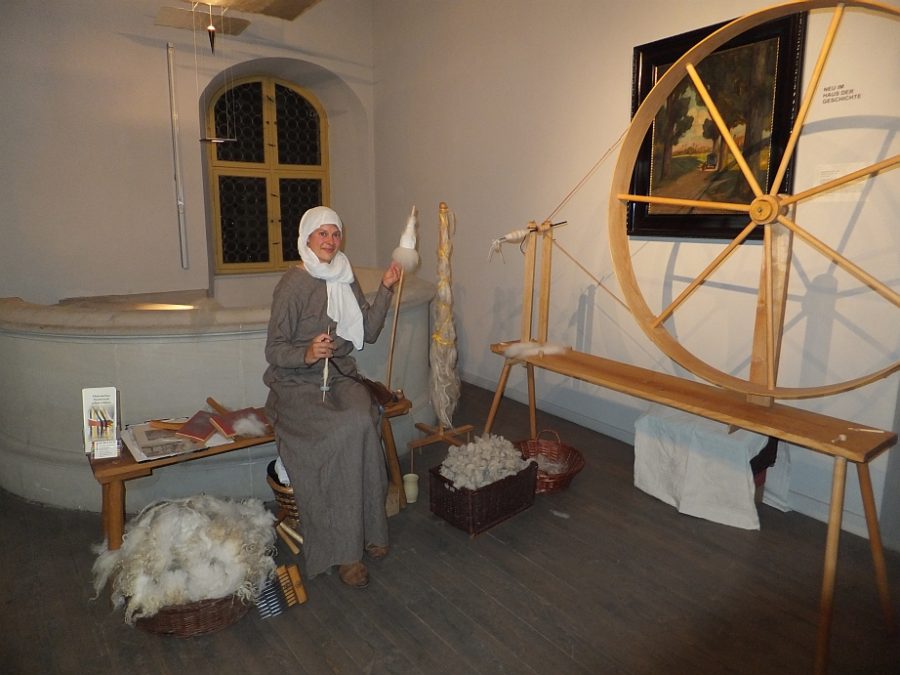Friday before last, I had a Grand Day Out - I hopped onto the train early in the morning to go to Lorsch, or rather to Lauresham, in preparation for the European Textile Forum.
Usually, we have this little conference in Mayen, at the Lab for Experimental Archaeology, but this year, LEA is due for some construction works. As it was not entirely clear in time when those works would be finished, we had to find an alternative place to hold the Forum, to be on the safe side.
To my great delight, as I have fond memories of working on archaeological digs in Lorsch, the good people at the Open-Air Laboratory for Experimental Archaeology Lauresham offered us their place to be. Because going to the venue for a visit is always a good thing (you don't want to plan a conference blind!), after figuring out most of the things that needed figuring out via mail and phone, off I was to meet with Claus Kropp, the leader of the Lab.
The place where we will be for our conference (at least mostly) is the Visitor Info Centre, which looks a bit like a glass house:

When you are closer, you can see that it's actually not a glass house to grow plants, but to grow knowledge:

There are rooms in the blocks inside for working, and things such as conferences, or school events, or small exhibitions. There's also space for exhibitions in the corridor, which - with all that glass - is very light and spacious-feeling. We will be a very happy group in that place!
There is, of course, also a little museum shop where you can get all kinds of things: honey made by bees on the location (bees are important in Lauresham, not least because there is a manuscript with a bee-keeping prayer written in Lorsch in the 9th century), mugs with an artistic rendition of Lauresham, ceramic mugs and music instruments and piggy banks...

...and you can even buy a reproduction of a pin found directly in Lorsch, dating to the 8th/9th century:
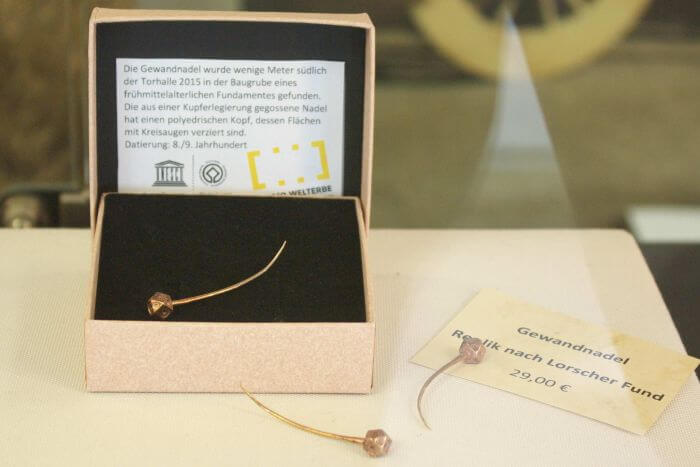
Besides checking out this building, I also got treated to a tour of the grounds of Lauresham proper. It was absolutely beautiful - there's a small vinyard, there are fields tilled with reconstructed ploughs using the working animals in Lauresham. The grains that are farmed here are of course old and often very rare kinds, such as this special type of rye, Waldstaudenroggen:
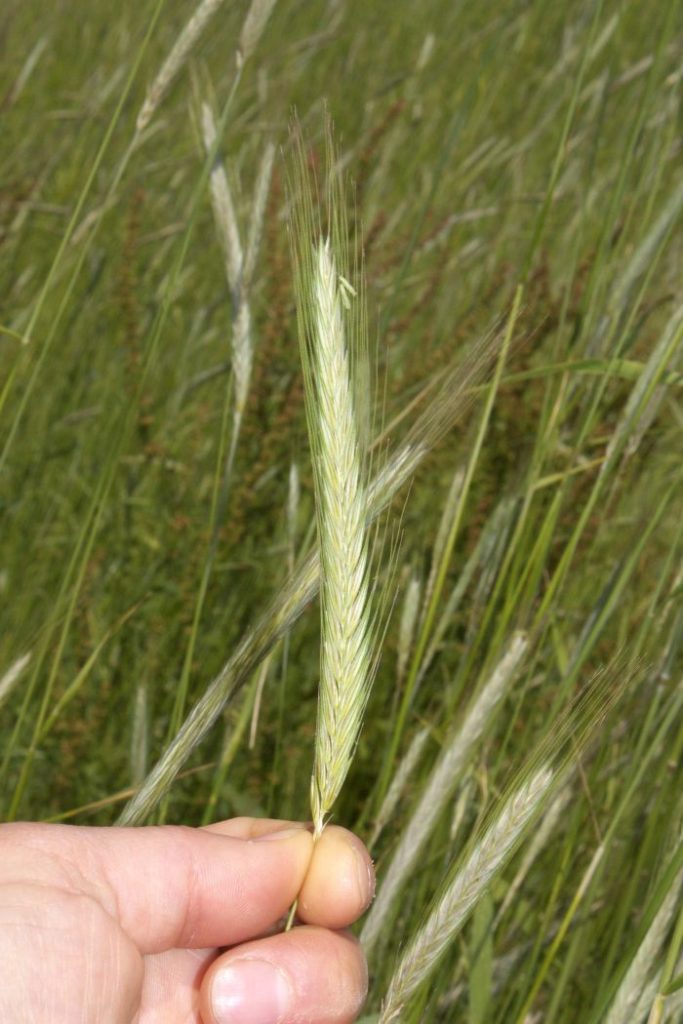
There are also Valais Blackneck goats, a very old breed:
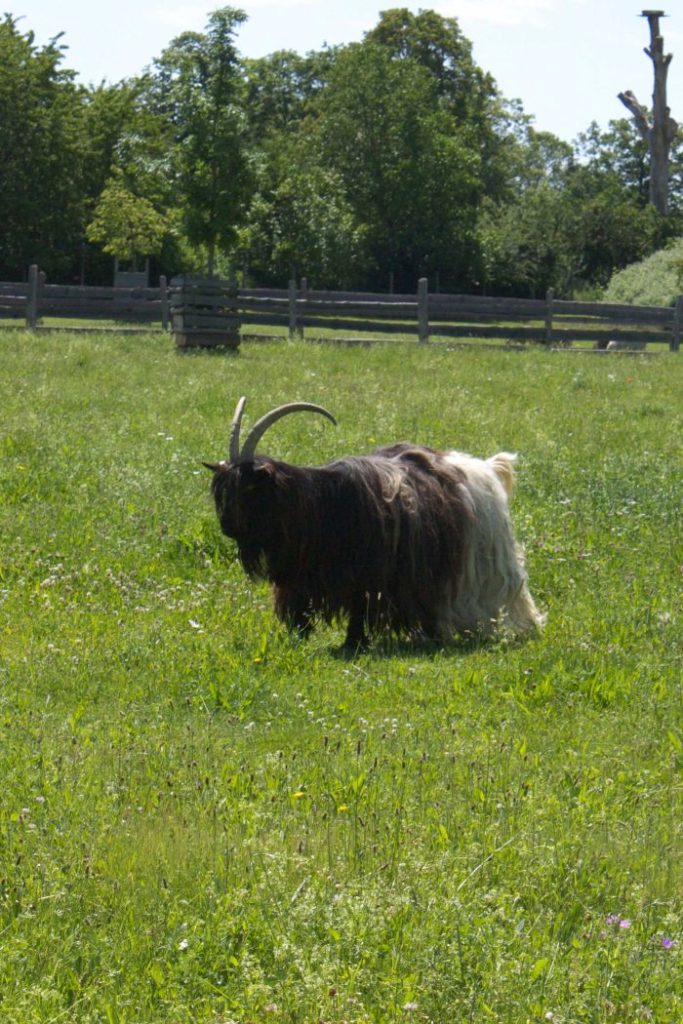
Lauresham, as an ideal-typical reconstruction of an early medieval manor farm also has a small chapel, with a door modelled after an original 8th century find from Germany:
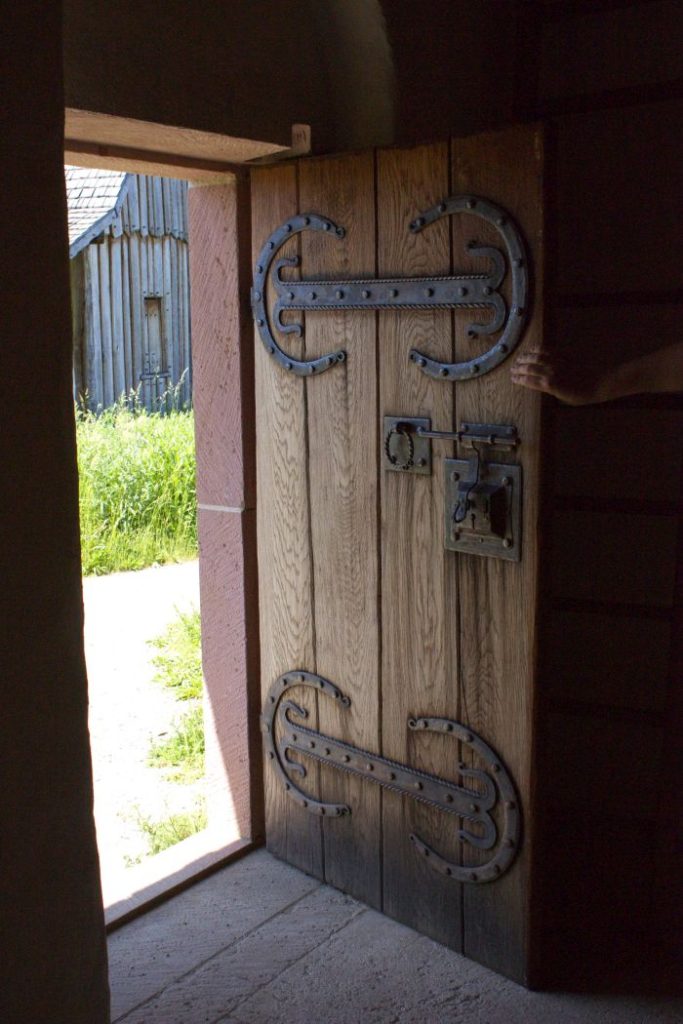
More from my visit tomorrow!




